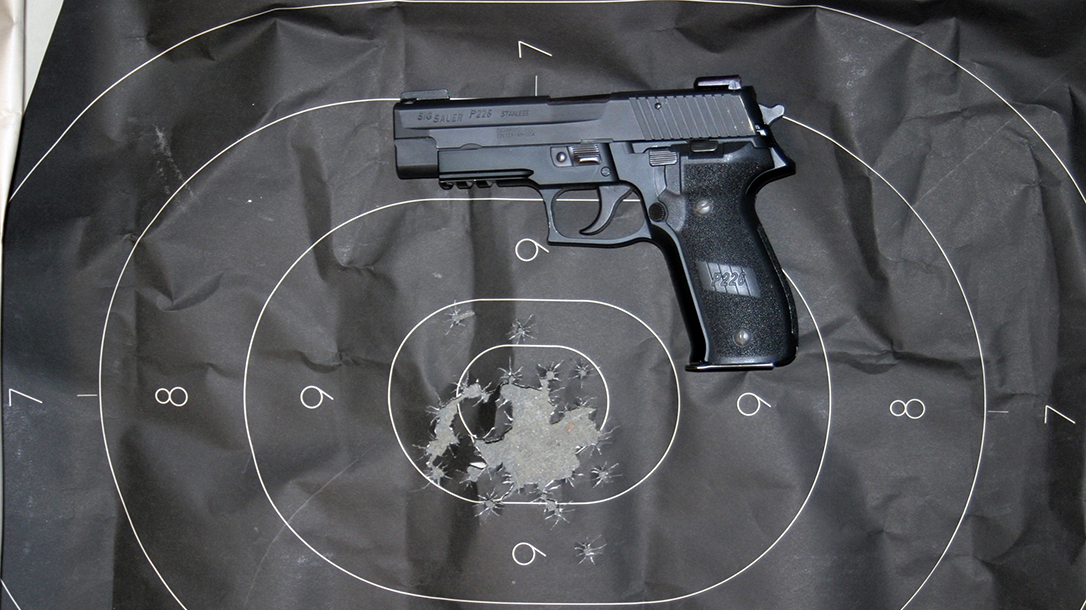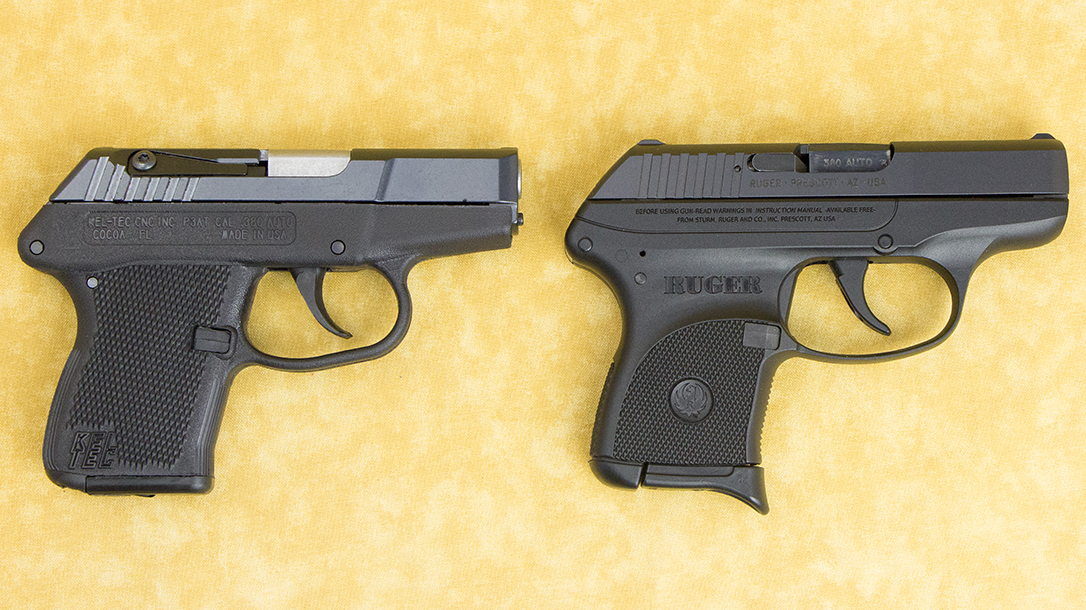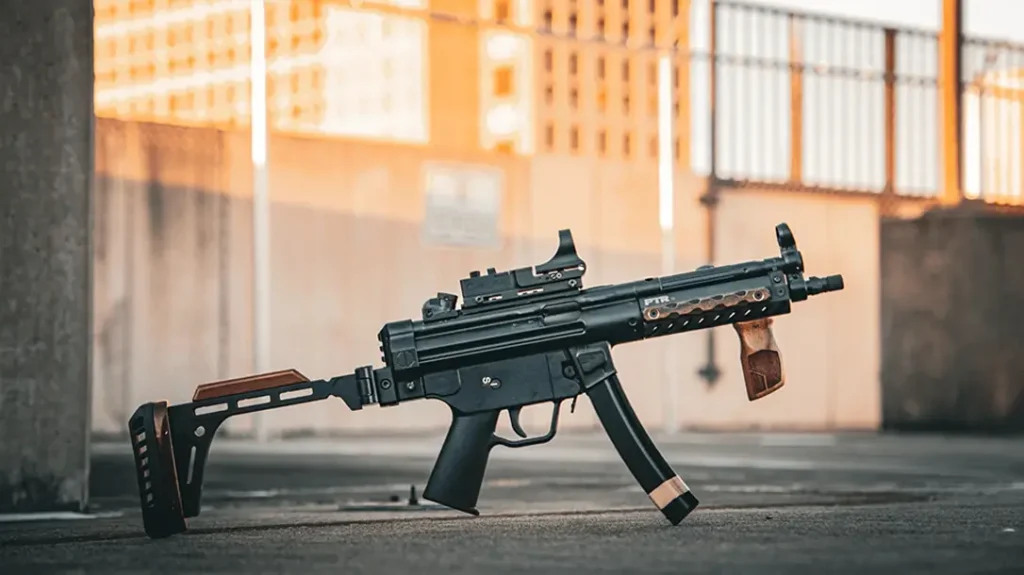While striker-fired pistols have become practically the default firing mechanism for pistols, there are still a plethora of double-action guns to be had. Everything from service pistols like the Sig P226 and Beretta 92 to S&W N-frame magnum revolvers, to compacts like the CZ P07, Sig P225 or Beretta PX4 Compact, to snubbie revolvers and micro pistols like Ruger LCP for easy concealed carry.
Say what you want, the double-action firing system’s merits are well-established and some shooters prefer them. However, some shooters also find double-action pistols are more difficult to shoot accurately than striker-fired or single-action pistols due to the longer, heavier trigger pull.
Advertisement — Continue Reading Below
How, then to tame that harder trigger and better your double-action shooting? With some of the following tips, proven for years to improve trigger control and make DA fire more accurate. If your double-action shots are suffering, here is where you start.
Press with the Distal Joint of the Finger
A common bad habit that some people acquire is shooting with the pad of the finger. While you won’t have any issues with a 1911 or the lighter trigger of many striker guns, this will not result in good double-action shooting.
The pad of the finger isn’t very strong in and of itself. The additional pressure exerted by the pad of the finger to actuate the double-action trigger will pull the shot wide, often to the left.
Advertisement — Continue Reading Below
Instead, use the distal interphalangeal joint, or the last knuckle of the finger. You’ll want to contact the trigger on the crease of the finger or just ahead of it.
The DIP is stronger than the fingertip, which means you can make a harder, smoother squeeze without pulling the gun off-target.
Handgun Grip Should Be High and Tight
The proper handgun grip is a matter of some debate. Some say it should be sufficient to avoid limp wristing but still supple. Others insist you want to throttle the thing like it owes you money. With a double-action gun, you need to grip as hard as you are comfortable doing.
Advertisement — Continue Reading Below
The hand, minus the trigger finger, has to be a stable platform so the trigger pull doesn’t move the sights off target. While you want to grip the pistol as high as possible, you also want to make sure the thumb of the shooting hand isn’t riding on the slide. Curl the thumb down onto the middle finger.
This gives you a good, stable grip. You want firm, constant pressure with the fingers and thumb that hold the gun steady.
Stop Stacking the Trigger and Ride the Reset
Next is the trigger stroke itself. Years ago, a popular method of double-action trigger operation was the two-stage pull, a.k.a. stacking the trigger. The idea is you take up the slack, pause (and realign the sights) and then squeeze the trigger.
Advertisement — Continue Reading Below
Instead, a double-action trigger squeeze should be like making a tackle in football or a punch in boxing. You don’t make light contact and then push; you hit through the target. The squeeze should be smooth and uniform from the first millimeter of take-up all the way to the rear.
After discharge, let up the pressure but don’t break contact. Ride the reset instead of lifting off. Doing so precludes slapping the trigger on the next shot and ensures your finger stays in the sweet spot.
Don’t Neglect Dry Firing
Make sure you’re dry firing. Get yourself a snap cap and get to it. If you want to improve your shooting, you’ll get more mileage out of dry firing than almost anything else.
Advertisement — Continue Reading Below
This is also how you can fine-tune your grip and trigger technique.
The two best dry fire drills for fine-tuning DA shooting are the wall drill and the balance drill
In the former, you align the front sight on a target and dry fire (obviously, make sure your pistol is clear of any ammunition) while observing the front sight. If the front sight doesn’t move, you’re doing it right.
Advertisement — Continue Reading Below
The latter exercise balances an object (a coin, empty cartridge, what have you) on the top strap, barrel or slide of your pistol. Dry fire and observe the object; if it doesn’t move, you’re doing it right.
About the author: Sam Hoober is a contributing editor for Alien Gear Holsters, a subsidiary of Tedder Industries.


























